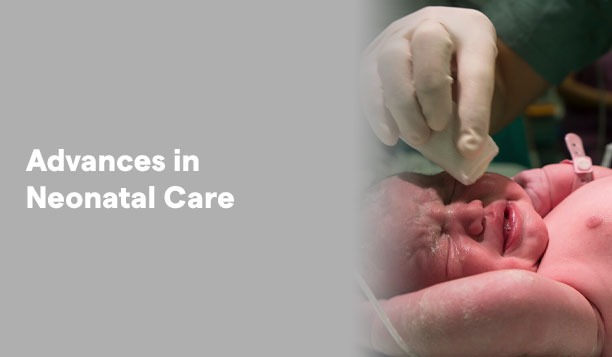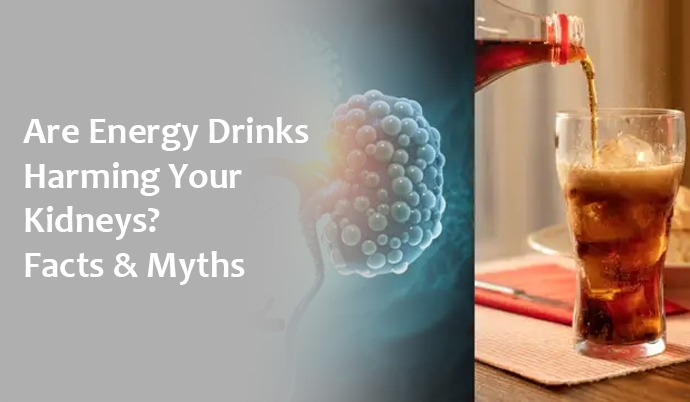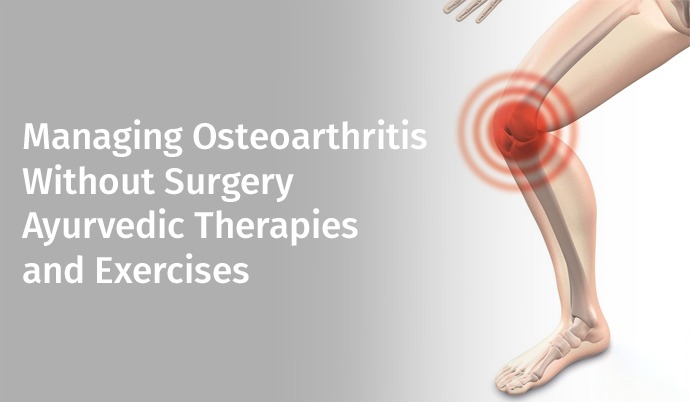
Of the advancements in neonatology, the one that has received the most attention has been the support for neonates with respiratory distress. Newborns are often affected by respiratory problems due to their underdeveloped lungs at birth, especially in preterm babies. Through advancements in neonatal care, the patient can achieve enhanced lung compliance and oxygenation from techniques such as Continuous Positive Airway Pressure (CPAP), mechanical ventilation, high-frequency ventilation, and surfactant administration. The CPAP technology enables a spontaneously breathing baby to keep the lungs open and maintain adequate oxygenation without being subjected to invasive ventilation.
Premature babies’ lungs are often deficient in surfactant that keeps them open for gas exchange. A surfactant delivery into the lungs may be life-saving for premature babies. The high-frequency ventilation is characterized by fast frequency oscillations, or breathing rates, at comparably lower pressures. The use of inhaled nitric oxide can dilate blood vessels in the lungs and bring pressures down in babies with pulmonary arterial hypertension. These and other techniques have improved the care and prognosis of infants with respiratory and other disorders.
Providing proper and optimal nutrition for neonates and particularly vulnerable early-born infants has been made a priority. Very tiny, premature, and critically sick newborn babies may not be able to feed on their own. Methods like nasogastric tube feedings, which deliver breastmilk or formula directly into the baby’s stomach, parenteral nutrition, which delivers nutrients intravenously and the addition of protein and calorie-containing supplements to feedings ensure normal growth and development.
Close observation of infant feeding, providing lactation support, monitoring weight and length, and promoting breastfeeding practiced at the best neonatology hospital in Delhi is useful to guarantee the right feeding plan for premature and sick babies. Moreover, the use of human milk and optimal nutritional care aids in preventing conditions like necrotizing enterocolitis.
Another area of concern has been preventing and containing infections in the NICU. Hand hygiene, surfaces, environmental cleaning, isolation and cohorting precautions, and antimicrobial use policies work to reduce the incidence of neonatal sepsis, meningitis, and pneumonia. Screening tools help in early diagnosis and early treatment if infections are realized to be present. These infection-preventing and controlling measures have caused a massive decline in incidence and fatality from infections.
Technological and diagnostic developments that are currently important in NICUs are presented below. There are pulse oximeters that monitor oxygen levels constantly, apnea monitors that monitor breathing, and blood gas analysers that evaluate respiratory function. We carry portable equipment including ultrasounds and X-rays, along with in-house availability of MRIs and CT scans that help in the care of sick newborn babies. Genetic testing detects congenital anomalies for the right management. Near-infrared spectroscopy measures the level of oxygenation in the tissues and organs. Advances now include telemedicine for online NICU care and consultation for neonatal care. Diagnostic and monitoring tools result in quicker, more specific management programs consistent with the evolving requirements of individual infants.
At the same time, with the advances in medicine and technology, NICUs have also shifted towards a more family-integrated developmental care approach. Finally, open visiting hours also improve family-member interactions and the provision of breast milk to newborns. Kangaroo care skin-to-skin contact enhances parent-infant bonding, thermal stability, and developmental outcome. Single rooms also offer less stressful factors due to the variations in these rooms as compared to other shared ones. The use of neonatal pain scales coincides with the comfort measures to reduce the stress associated with medical procedures. Positioning, handling, and developmental needs are also assessed for a child by physical and occupational therapists. In total, all such changes are beneficial not only physically but emotionally for the NICU babies.
As a result, principles of neonatal intensive care have evolved through respiratory therapies, nutritional support, infection prevention, and diagnostic and advanced technologies, and have enhanced survival rates and morbidity-free survival even in high-acuity neonates. The idea of continuous advancement in the field of research, constant upgradation in the respective knowledge and updating of the protocols of practice, and application of newer research findings in daily practice will give long-term benefits to these tiny and vulnerable cults. Concentrating on these types of developmental and family-sensitive care approaches in high-tech NICUs, infants and their families with pregnancies or deliveries will benefit from better and more effective management. To know more, book an appointment at Sir Ganga Ram Hospital today.
.jpeg)



